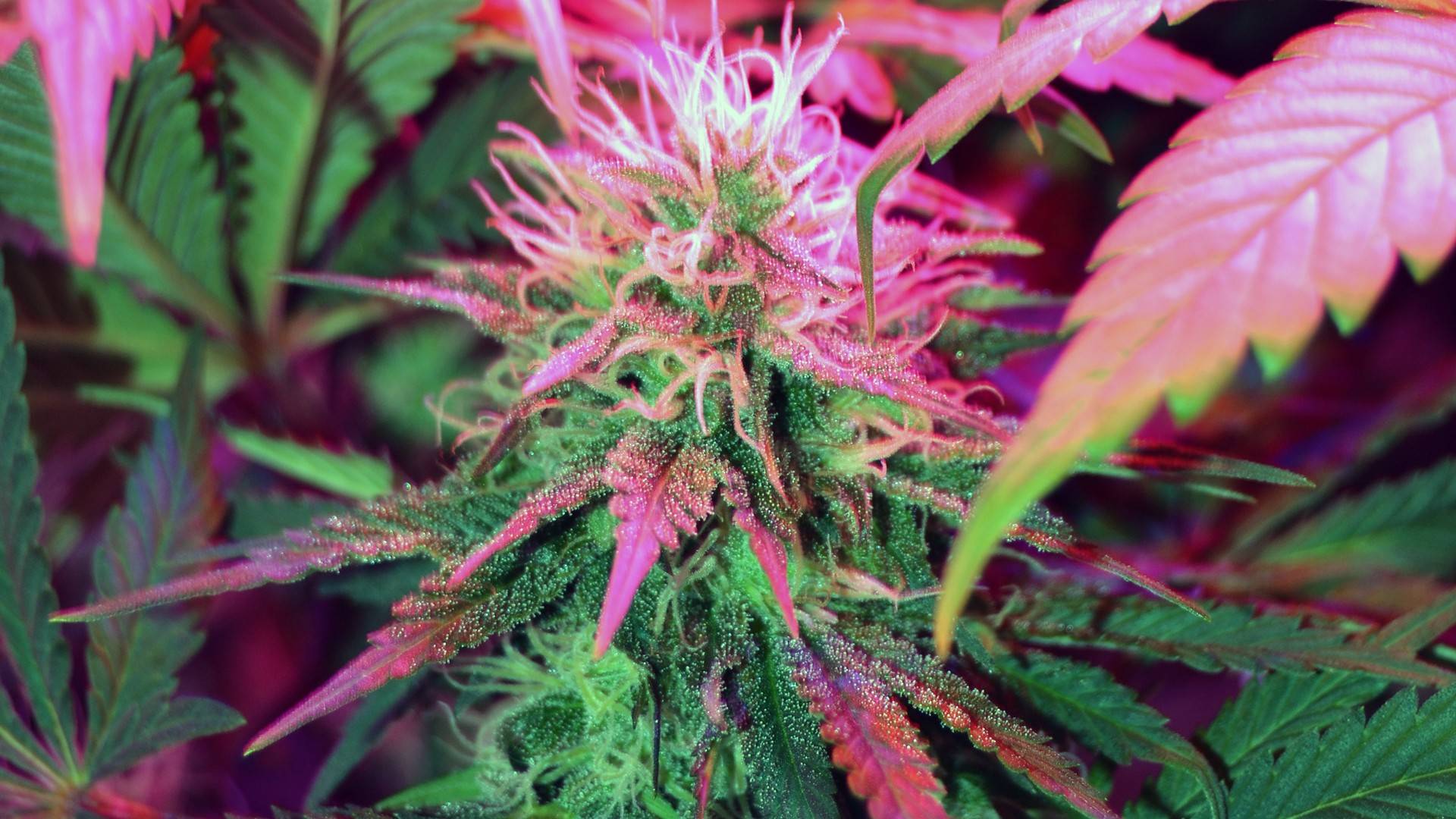 Marijuana is currently not legal in all states, but it continues to be illegally imported from non-legal states and is often seen in the news. Most of the time, people are importing marijuana from South America, and along with marijuana, they are also importing various other drugs. This problem has been going on for a long time, but the U.S. government has not been able to stop it despite various attempts. The reason why drug-related problems are serious in the United States is because we have not been able to stop these problems, and we should think about how to do it in the future.
Marijuana is currently not legal in all states, but it continues to be illegally imported from non-legal states and is often seen in the news. Most of the time, people are importing marijuana from South America, and along with marijuana, they are also importing various other drugs. This problem has been going on for a long time, but the U.S. government has not been able to stop it despite various attempts. The reason why drug-related problems are serious in the United States is because we have not been able to stop these problems, and we should think about how to do it in the future.
The aftermath of marijuana legalization
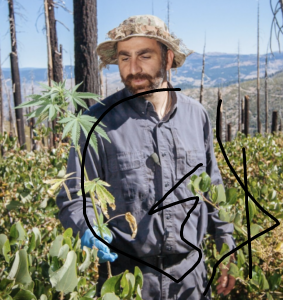 Those who talk about legalizing marijuana say. They say that marijuana is less addictive than tobacco, it is not as dangerous as other drugs, and it can be used as medicine. However, marijuana should not be legalized because it belongs to the drug class. If marijuana is legalized, it will affect the standards of the drug class and give other drugs an excuse to be legalized. We do not know what kind of social repercussions it will bring, so we should not make a hasty decision.
Those who talk about legalizing marijuana say. They say that marijuana is less addictive than tobacco, it is not as dangerous as other drugs, and it can be used as medicine. However, marijuana should not be legalized because it belongs to the drug class. If marijuana is legalized, it will affect the standards of the drug class and give other drugs an excuse to be legalized. We do not know what kind of social repercussions it will bring, so we should not make a hasty decision.
The effects of medicating marijuana
 Using marijuana as a medicine can help people who are mentally distressed or suffering from the after-effects of a serious injury.
Using marijuana as a medicine can help people who are mentally distressed or suffering from the after-effects of a serious injury.
Marijuana’s analgesic effects can temporarily free a mentally distressed person from mental anguish and reduce the pain of someone who has suffered a serious injury. Despite these benefits, these patients should only take marijuana under the proper guidance of a doctor, and if taken incorrectly, it can lead to addiction. Also, because marijuana doesn’t have long-lasting effects, it must be taken frequently, making it easy to become addicted. For now, marijuana needs to find ways to eliminate these problems before we can talk about legalizing it.
Volume 5 of “The Legalization of Marijuana in Colorado: The Impact”
Our colleagues at the Rocky Mountain HIDTA have published a new report detailing the effects on Colorado of marijuana’s legalization. This report covers significant topics such as impaired driving, changing use rates, and the diversion of marijuana outside the state. Read the full report here.

New Report on Marijuana in Washington State
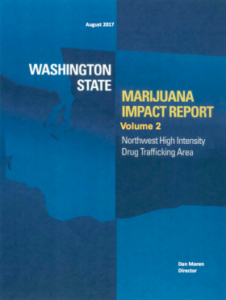
Our colleagues at the Northwest HIDTA have published a new report on the legalization of marijuana in Washington. The report discusses the state’s regulatory system, as well as detailing effects on the state, including environmental harm, impaired driving, and diversion of marijuana. Follow this link to read the full report.
Meet Mourad!
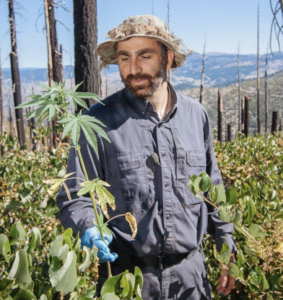 Our colleague, Dr. Mourad Gabriel, is the subject of a recent feature article by bioGraphic, a part of the California Academy of Sciences. Dr. Gabriel is the executive director of the non-profit Integral Ecology Research Center (IERC), and is affiliated with the Wildlife Health Center at the University of California, Davis. He has been a leading voice in sounding the alarm over the environmental impacts of marijuana cultivation, and he actively assists law enforcement in studying and remediating illegal marijuana grow sites. This article provides a very good overview of the environmental harms of marijuana, and of Dr. Gabriel’s work.
Our colleague, Dr. Mourad Gabriel, is the subject of a recent feature article by bioGraphic, a part of the California Academy of Sciences. Dr. Gabriel is the executive director of the non-profit Integral Ecology Research Center (IERC), and is affiliated with the Wildlife Health Center at the University of California, Davis. He has been a leading voice in sounding the alarm over the environmental impacts of marijuana cultivation, and he actively assists law enforcement in studying and remediating illegal marijuana grow sites. This article provides a very good overview of the environmental harms of marijuana, and of Dr. Gabriel’s work.
What is “Seed to Sale?”

The term “seed to sale” is often thrown around when discussing tracking marijuana products, but many people are unsure what it means or entails. The NMI’s Deputy Coordinator Dale Quigley has written a brief paper explaining the term and the process involved. The paper also includes a description of different types of tracing systems, and the pros and cons of the seed to sale idea.
Andy Zorn’s Story

Andrew Zorn was a young man who experienced a downward progression in his mental health largely due to heavy marijuana use. His mother, Sally Schindel, now runs an organization of women whose children have been negatively affected by marijuana use. Their goal is to “make the public aware of marijuana harms by sharing the stories of how our youth are experiencing devastating mental (and physical) health effects from using marijuana.”
Read Andy’s story here or visit the organization’s webpage for more information.
On the Dangers of Dabbing
One of the most recent trends in the world of marijuana is the use of THC

concentrates, usually via a method called dabbing. This entails heating a small amount of concentrate, often on the tip of a nail, and inhaling the resulting vapor. Proponents favor this method because the concentrates can be up to 90% THC, producing very strong highs very quickly and using relatively little product.
But the flip side of that, particularly for inexperienced users, is the potential for very harmful side effects. THC, the chief psychoactive component in marijuana, can have detrimental effects on the brain, particularly the immature brains of adolescents. And in high enough doses it is possible to overdose on THC.
A recent news story discusses the suicide of Marc Bullard, whose depression is believed to be related to his use of THC concentrates. View the full story here, including an interview with marijuana researcher Dr. Kari Franson.
Heavy Marijuana Use Reduces Bone Density, Increases Risk of Fractures
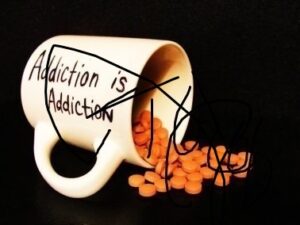
A new study from the University of Edinburgh has provided early evidence that “Heavy cannabis use is associated with low bone mineral density, low BMI, high bone turnover, and an increased risk of fracture. Heavy cannabis use negatively impacts bone health both directly and indirectly through an effect on BMI.”
This is the first study to look at marijuana’s effects on bones, so it is too early to definitively define those effects. But this early study showed that heavy marijuana use accounted for about 5-6% change in bone density, and that heavy users were more than twice as likely to experience fractures as non-users.
The full article is available on the website of the Journal of the American Medical Association.
